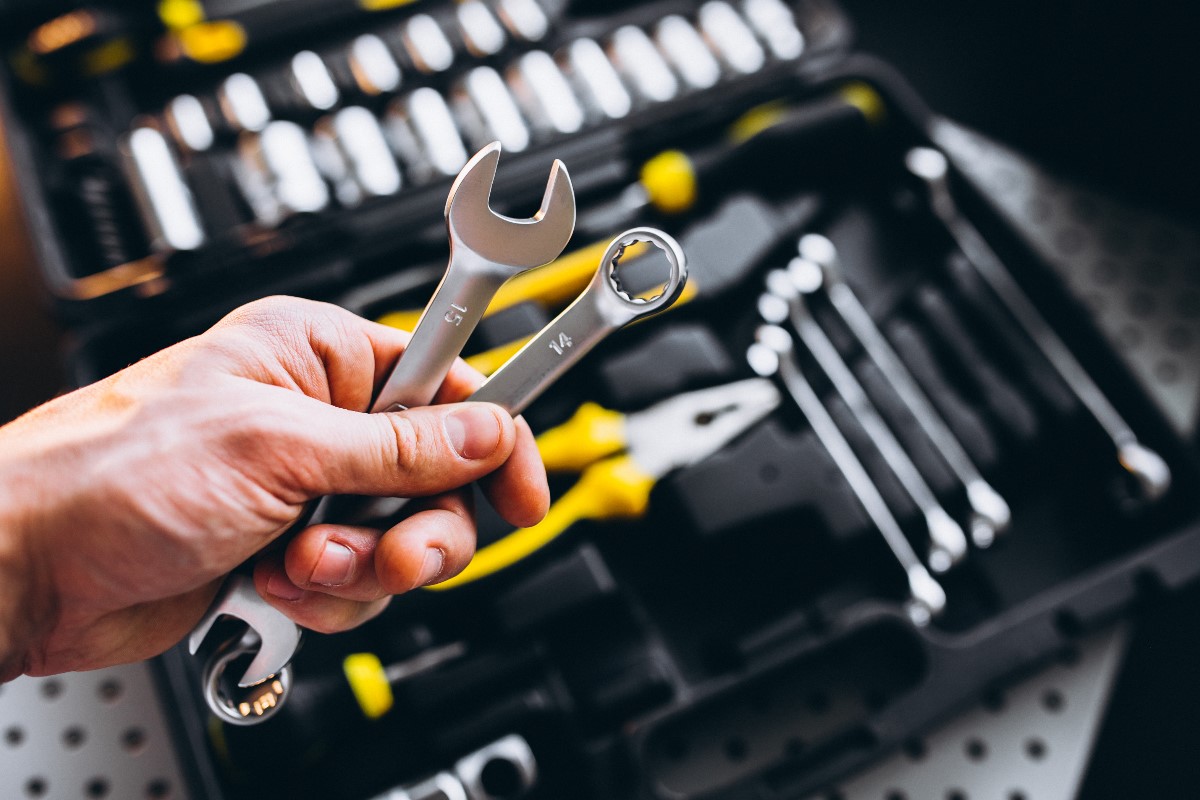
Whether you’re a DIY enthusiast or want to be prepared for any eventuality, it’s a good idea to stock up on basic and useful tools. What is needed in the DIY enthusiast’s toolbox?
Every born do-it-yourselfer not only has a knack for housework, but more importantly a desire to make major or minor improvements to a space. Whether it’s to hang a picture or a shelf on the wall or to fix a door in the kitchen cupboard, the will is not enough if the basic tools are missing. Together with completed tools (preferably in a box of some sort), the DIYer will be a veritable lifesaver for the entire household. So what should be provided for the home handyman?
The most basic equipment is, of course, that which can be used universally. First of all, these are the tools that come in handy most often, and their absence can hurt painfully. These are: a hammer and pliers, but also screwdrivers – both flat and Phillips will come in handy. It is worth ensuring that they are of different sizes, so that the DIY enthusiast can cope with not only large screws, but also small screws.
Successfully hanging a shelf on the wall requires taking the necessary measurements to make the hook holes in the right places. In this and many other situations you will need to use a rolling tape measure. Whether you are hanging a shelf or constructing your own. Although there are even very long tape measures available, for us the best solution will be to reach for a few meters long (e.g. 3-5 meters).
Efficient DIY action will also provide a sharp knife, which will be perfect for cutting wallpaper, foil, or various fabrics. Knives with diagonally cut blades, which have a retractable function, are convenient and safe to use.
Many pieces of household furniture and radiators have bolts and nuts on them, and removing or screwing them in is often crucial to repairing faults. The wrenches are of different types and it is worth knowing what each of them gives us:
If our handyman has all of the above tools, it is worth thinking about more advanced equipment, namely a screwdriver-drill. Thanks to this device, drilling holes in the wall and installing a shelf will be even easier and more comfortable.